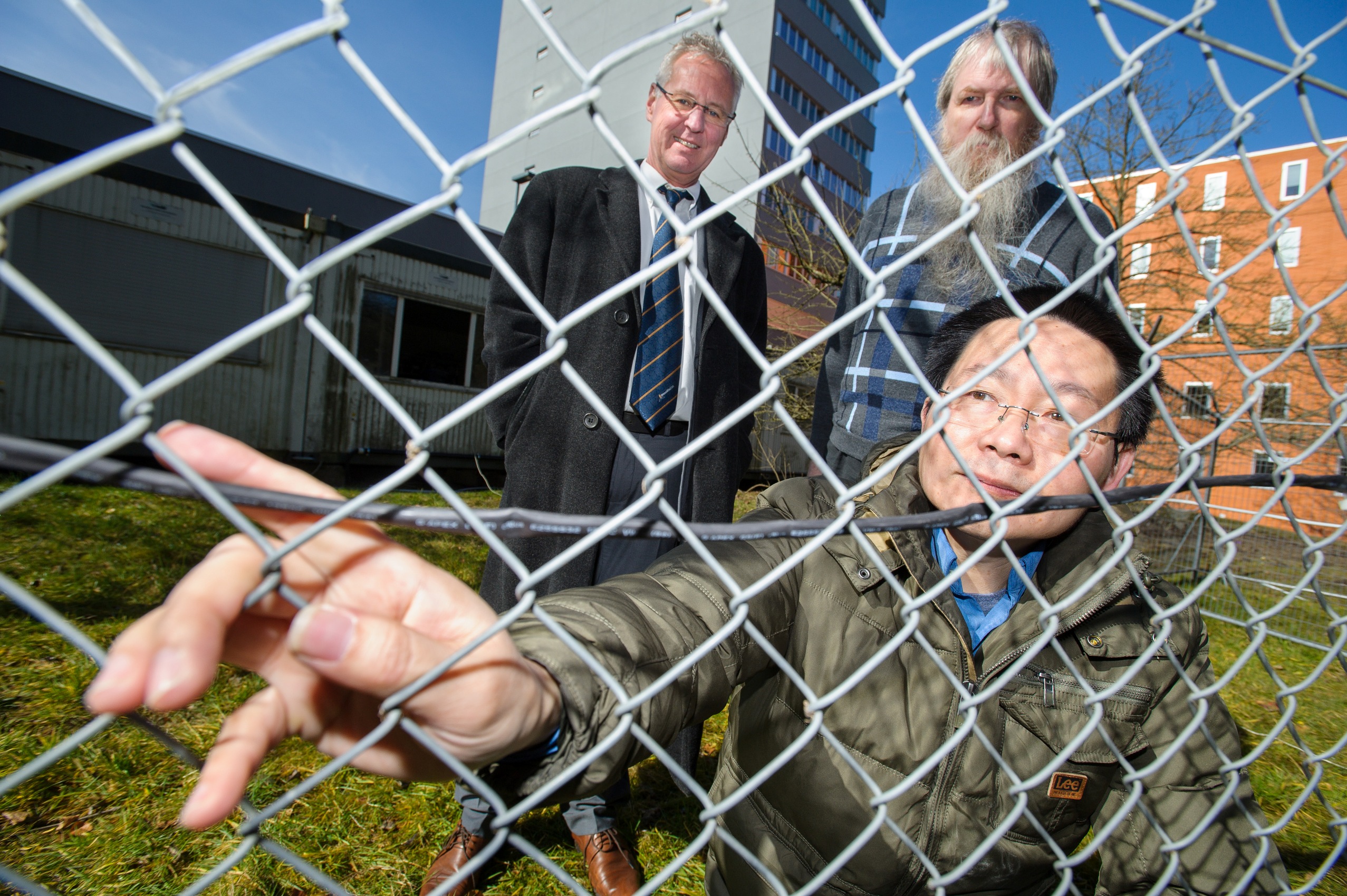Simple vibration sensing could provide the answer to protecting perimeters in secure installations.
There are many ways to attempt to secure a sensitive site. The most appropriate system may vary according to the nature of the threat and the vulnerability of the target to that threat. With a corrections facility, then the plan is to keep individuals from crossing the perimeter. If the facility is an automotive manufacturing plant, then the owner would want to protect the product and monitor who is entering and leaving the facility. The threat to a chemical facility, petrochemical plant or nuclear power station might be sabotage or terrorism, which means limiting access to the facility and the surrounding area.
Part of the solution might include razor wire, robust fences, dogs, armed guards and guard towers, as well as surveillance cameras and infra-red beams. But now it seems that the simple vibration sensor may be set to have a significant part to play.
If someone tries to tamper with a fence, or if they try to climb over it or cut the links with bolt cutters, they will, unavoidably, cause a vibrational disturbance. The movement of the metal fence as it swings back and forth, the motion of the metal cutters or even the trespasser’s belt will all influence the Earth’s magnetic field. These changes are being exploited by a team of experimental physicists at Saarland University for a new type of surveillance technology, which was on display at Hanover Messe this year.
The system relies on a thin cable containing magnetic field sensors and can be easily installed on perimeter fences of all kinds. Airports, nuclear power stations or industrial sites can be monitored, with the sensors responding immediately, providing information on the precise location of the security breach. They are even able to detect a low-flying drone passing overhead.
The group is currently working to recognise the cause of any disturbance and automatically identify false positives triggered by wind or animals.
The cable, which contains the linearly arranged sensors, has a diameter comparable to a standard electrical cable and enables the remote monitoring of miles of perimeter fencing. “The cable can be attached to the fence, built into it or even buried beneath it. We are currently working with a number of companies to reduce the size of the system and – most importantly – to lower the cost of producing the sensors to a level where large-volume production becomes feasible,” says Professor Uwe Hartmann. “The sensors function independently of the weather and this gives them a significant advantage over other surveillance techniques, such as cameras, where moisture is often a problem.”
- What is the future of UK nuclear energy? - June 21, 2017
- It’s good to talk - January 30, 2017
- Hidden hazards behind the wheel? - November 3, 2016

